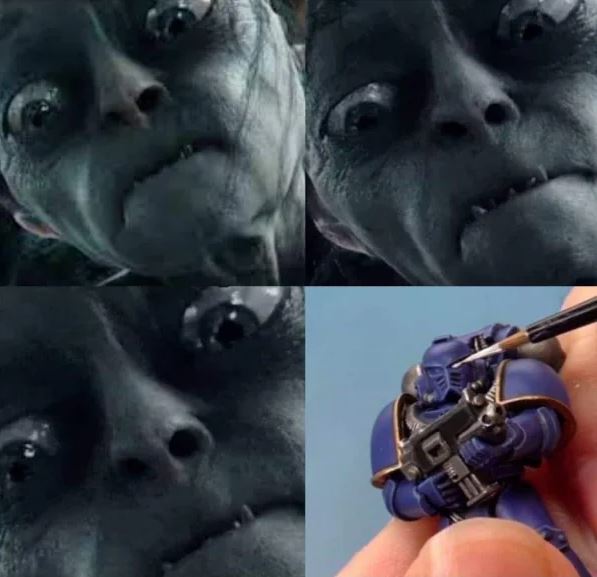
Unlock the secrets of creating stunning miniature artworks with our expert tips and techniques.
When it comes to the world of artistry, few mediums captivate the imagination and attention to detail as much as miniature painting. The intricate details and careful brushwork required in creating these tiny masterpieces make it a unique and rewarding endeavor. If you’re intrigued by the idea of bringing miniatures to life with your own artistic touch, you’ve come to the right place. In this article, we’ll delve into the secrets of mastering the art of miniature painting and provide you with expert tips and techniques to help you embark on this creative journey.
1. Start with the Right Tools and Materials
Before you begin your miniature painting journey, it’s essential to have the right tools and materials at your disposal. Acquiring high-quality brushes, paints, and a magnifying lamp can significantly enhance your experience. Fine-tip brushes allow for intricate detailing, while a magnifying lamp helps you work on minuscule elements with precision.
2. Choose the Perfect Miniature
Selecting the right miniature to paint is crucial. It’s best to start with a figure that excites you, whether it’s a fantasy character, historical figure, or anything else that piques your interest. The more enthusiastic you are about the subject, the more dedication you’ll invest in bringing it to life on a smaller scale.
3. Plan Your Color Scheme
A well-thought-out color scheme can make or break your miniature artwork. Consider the atmosphere and personality of your chosen subject. Will it be a vibrant, fantastical creation, or a subdued, historically accurate portrayal? Experiment with color combinations before you begin to ensure your choices complement each other harmoniously.
4. Mastering Brush Control
Miniature painting demands exceptional brush control due to the intricacy of details. Practice controlled brush strokes and develop a steady hand. The “less is more” approach often applies here; a single well-placed stroke can convey more than several messy ones.
5. Embrace Layering and Blending
Layering and blending are techniques that add depth and dimension to your miniatures. Start with a base coat, then gradually build up layers of lighter and darker shades to create highlights and shadows. Blending these layers seamlessly can result in a realistic and three-dimensional effect.
6. Pay Attention to Lighting and Shadows
Lighting and shadows are essential elements in miniature painting. Study how light interacts with objects in real life and replicate this on your miniature. Highlight raised areas where light would naturally hit, and darken recessed areas to create depth.
7. Take Breaks and Rest Your Eyes
Working on such intricate details can be straining on your eyes. Remember to take breaks and give your eyes some rest. It’s a good opportunity to step back and assess your progress from a distance, ensuring that your work looks cohesive from various viewpoints.
8. Don’t Fear Mistakes
Mistakes are a part of any artistic process, and miniature painting is no exception. Don’t be discouraged by errors; instead, embrace them as learning opportunities. Many mistakes can be corrected, and some might even lead to unexpected creative breakthroughs.
9. Practice, Patience, and Persistence
Like any art form, mastering miniature painting takes practice, patience, and persistence. As you work on more miniatures, you’ll naturally refine your skills and develop your unique style. The journey itself is a rewarding one, filled with growth and discovery.
In conclusion, the art of miniature painting offers a chance to create exquisite and enchanting artworks on a tiny canvas. With the right tools, techniques, and mindset, you can unlock the secrets to crafting stunning miniature masterpieces that capture the imagination and attention of viewers. So, gather your supplies, select your subject, and embark on this delightful journey into the world of miniature artistry.
Leave a Reply